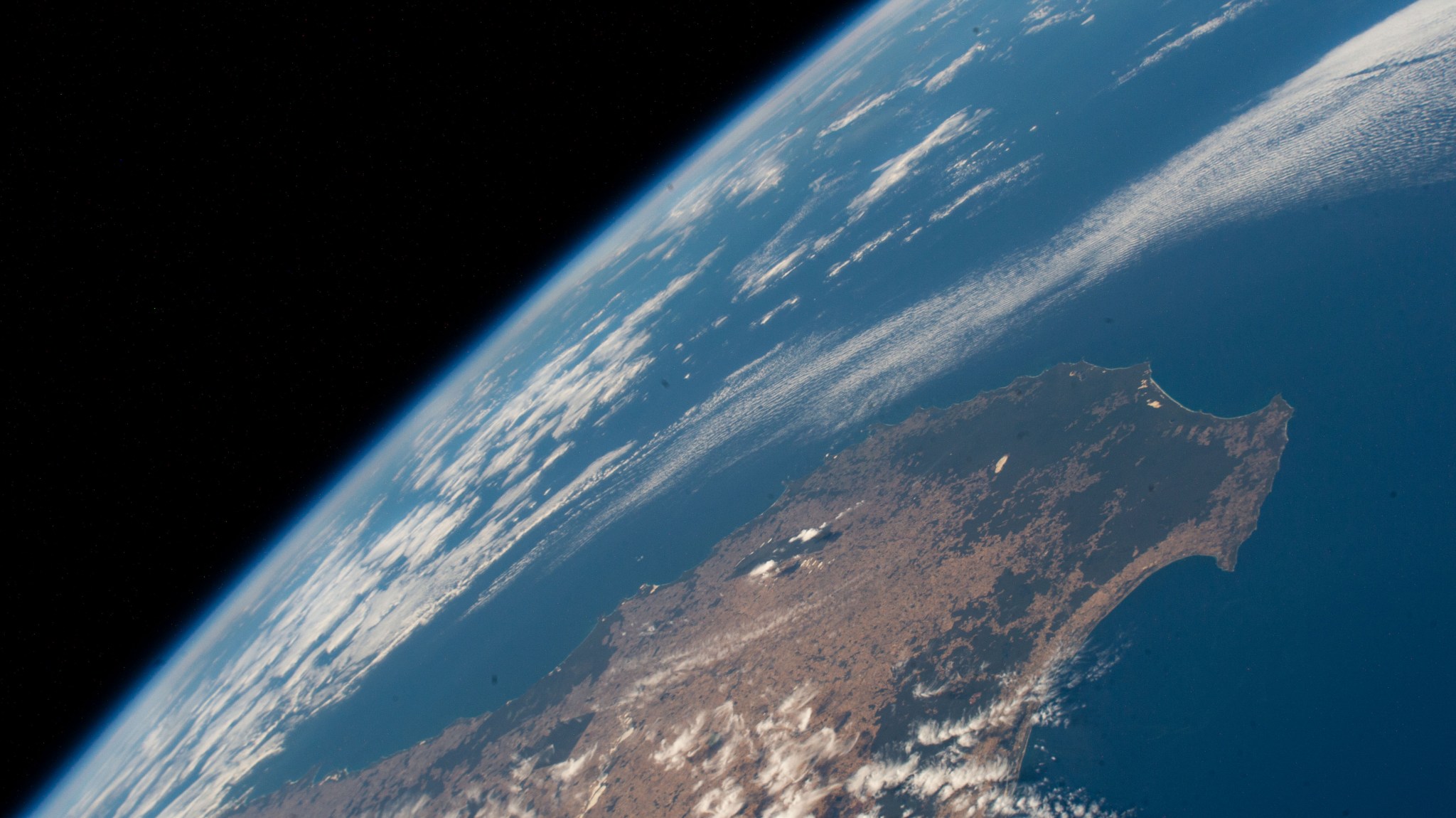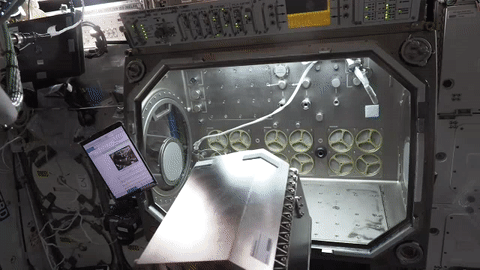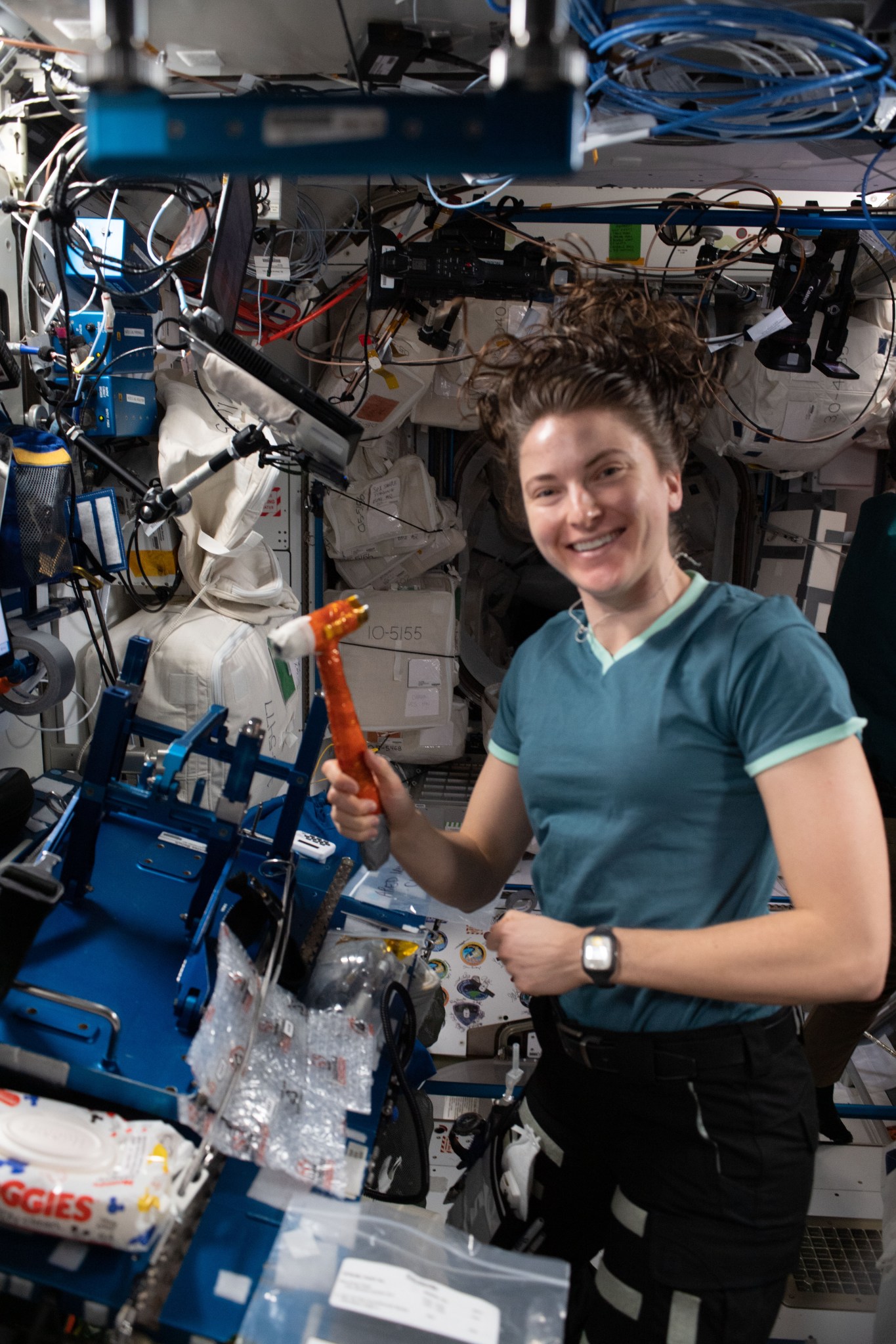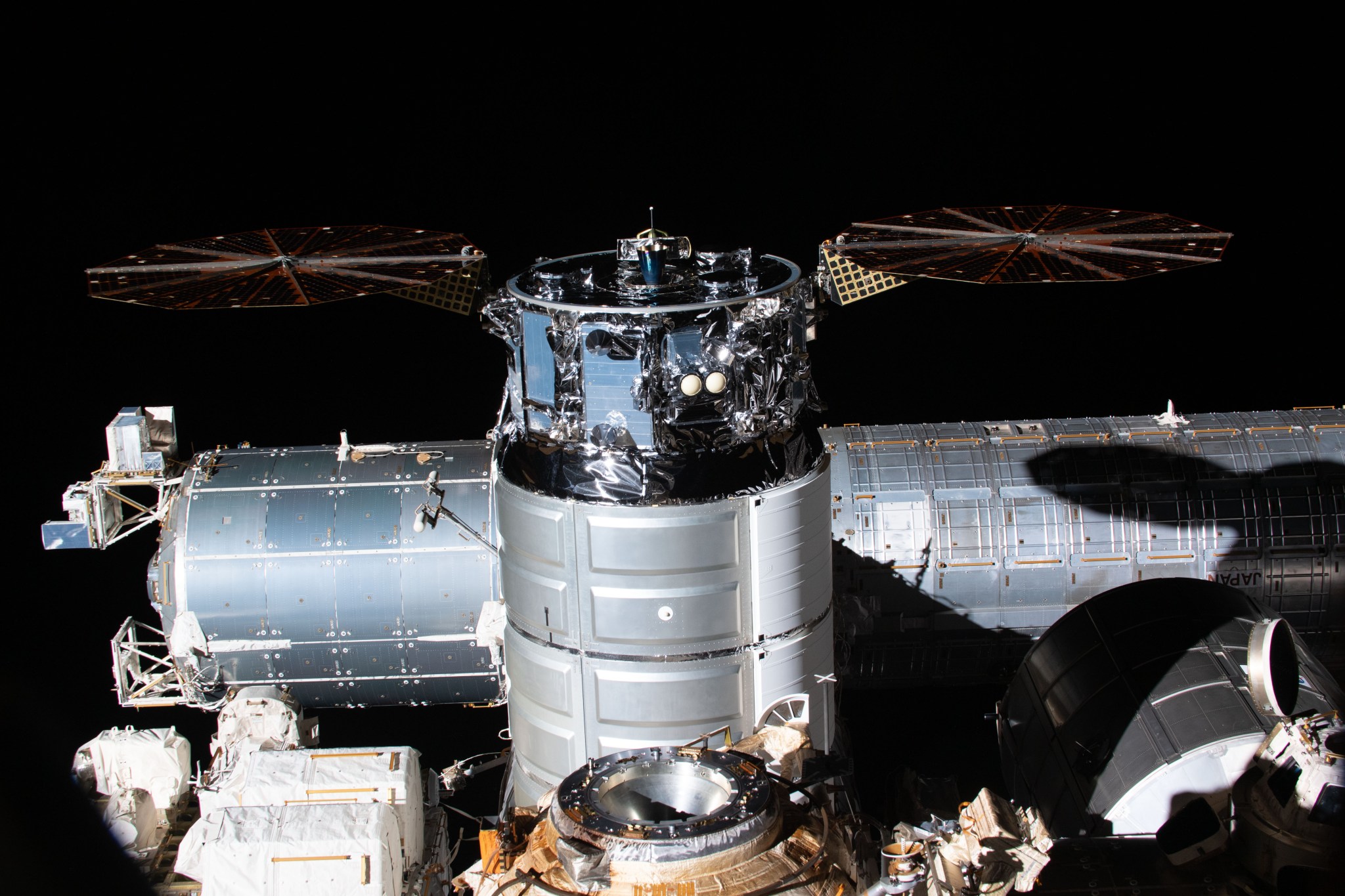[Lea la versión en español de este artículo]
Crew members aboard the International Space Station conducted scientific investigations during the week of April 11 that included studying solidification of transparent alloys, testing hydrogen sensors for the station’s oxygen generation system, and ongoing collection of data on changes in body composition during spaceflight. The Axiom Mission-1 (Ax-1) crew – former NASA astronaut Michael Lopez-Alegria, Larry Connor, Eytan Stibbe, and Mark Pathy – arrived at the station on Saturday, April 9.
The space station, continuously inhabited by humans for 21 years, has supported many scientific breakthroughs. A robust microgravity laboratory with dozens of research facilities and tools, the station supports investigations spanning every major scientific discipline, conveying benefits to future space exploration and advancing basic and applied research on Earth. The orbiting lab also provides a platform for a growing commercial presence in low-Earth orbit that includes research, satellite services, and in-space manufacturing.
Here are details on some of the microgravity investigations currently taking place:
Looking inside alloys
Transparent Alloys – METCOMP, an investigation from ESA (European Space Agency), studies the timing of the formation of layered structures during solidification of an alloy. Alloys are mixtures of different metals, and certain combinations can make lighter, stronger, and even self-healing materials. Metals are not transparent, so to observe the solidification process, researchers are using specific organic materials that solidify like a metal yet remain transparent. Alloys are used in a wide variety of applications from smartphones to aircraft, and lighter, stronger versions could benefit consumers and industry. During the week, crew members installed the hardware and sample cartridges in the Microgravity Science Glovebox (MSG) for operation of the experiment.
Every breath you take
OGA H2 Sensor Demo tests new sensors for the space station’s oxygen generation system. This system produces breathable oxygen via electrolysis and has sensors to ensure that hydrogen does not enter the cabin. However, these sensors are sensitive to humidity and drift over time, which limits their operational life. Results could provide more stable and durable replacement sensors, reducing the number of spare parts needed on longer space missions such as to the Moon or Mars. Improved technology for monitoring oxygen generation systems also has potential applications in contained environments on Earth, such as underwater facilities and those in remote and dangerous conditions. Crew members installed hardware for the investigation during the week.
Monitoring body mass
Astronauts experience changes during long-duration spaceflight that can include bone and muscle loss and reduction of body mass. The ESA NutrISS investigation assesses changes in an individual’s body composition and energy balance throughout spaceflight. Results could provide insight into what causes these changes and lead to ways to improve physical health and quality of life for astronauts during and after their flight. The investigation also could contribute to better clinical management of malnourished, obese, or immobilized patients on Earth. During the week, a crew member prepped for collection of data, which occurs roughly once a month.
Other investigations involving the crew:
- Vascular Aging, a Canadian Space Agency (CSA) investigation, collects data on vascular changes in astronauts. Results could support development of ways to reduce the potential health risks to crew members as well as guide prevention measures and treatments for the effects of aging on Earth.
- Students across Europe use two augmented Raspberry Pi computers aboard the space station for AstroPi, an education program coordinated by ESA. The program helps motivate students to study science, technology, engineering, and mathematics.
- Myotones, an investigation from ESA, observes properties of muscles such as tone and stiffness during long-term spaceflight. Results could lead to the development of new countermeasures for muscle changes on future space missions as well as alternative rehabilitation treatments on Earth.
- For ESA’s CalliopEO, German school children write software to run experiments on a Calliope mini-computer aboard the space station. The experience helps motivate students to pursue science, technology, engineering, and mathematics fields and become the next generation of explorers.
- Actiwatch is a wearable monitor that continuously collects data on a crew member’s circadian rhythms, sleep-wake patterns, and activity during flight, beginning as soon as possible after arrival aboard the station.
- Standard Measures collects a set of core measurements from astronauts before, during, and after long-duration missions to create a data repository to monitor and interpret how humans adapt to living in space.
For daily updates, follow @ISS_Research, Space Station Research and Technology News or our Facebook. Follow ISS National Lab for information on its sponsored investigations. For opportunities to see the space station pass over your town, check out Spot the Station.
John Love, ISS Research Planning Integration Scientist
Expedition 67




























